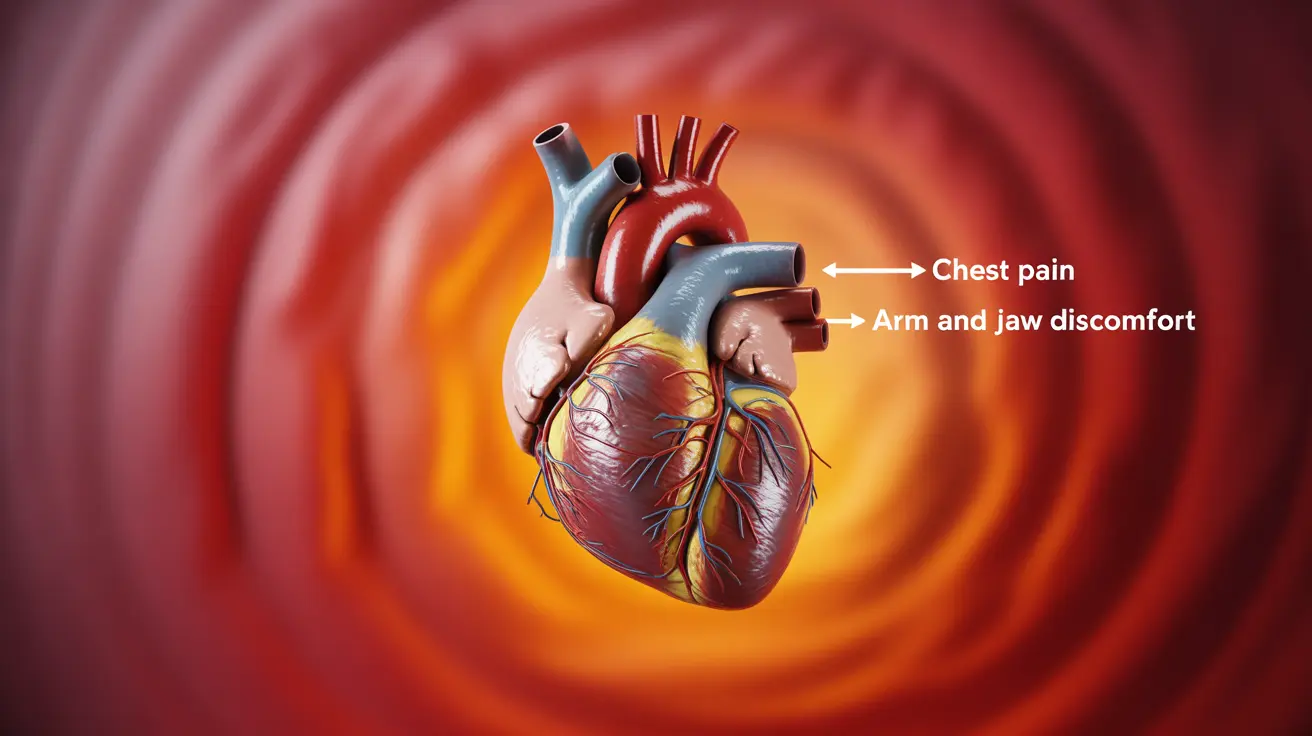The serratus anterior function plays a crucial role in shoulder movement and stability. This important muscle, often called the "boxer's muscle" due to its prominence in punching movements, extends along the upper ribs on the side of the chest wall and connects to the shoulder blade (scapula). Understanding its function is essential for maintaining proper shoulder mechanics and preventing common shoulder problems.
Whether you're an athlete, fitness enthusiast, or someone experiencing shoulder issues, knowing how the serratus anterior works can help you maintain better shoulder health and improve your movement patterns. Let's explore this vital muscle's functions and importance in detail.
Anatomy and Location of the Serratus Anterior
The serratus anterior is a fan-shaped muscle that originates from the first through eighth or ninth ribs and wraps around the ribcage. It attaches to the medial (inner) border of the scapula, creating a distinctive serrated appearance that gives the muscle its name.
This unique positioning allows the serratus anterior to serve as a crucial link between the front of the chest wall and the shoulder blade, enabling proper shoulder blade movement and stabilization during arm movements.
Primary Functions and Movement Patterns
The serratus anterior function encompasses several vital movements and stabilization patterns:
- Protracts the scapula (moves the shoulder blade forward)
- Rotates the scapula upward during overhead arm movements
- Stabilizes the scapula against the rib cage
- Assists in proper shoulder blade positioning during pushing movements
These functions are essential for everyday activities, from reaching for objects to performing athletic movements.
The Role in Overhead Movement
When lifting your arms overhead, the serratus anterior works in coordination with other shoulder muscles to ensure smooth, proper movement. It helps rotate the shoulder blade upward and keeps it stable against the rib cage, preventing impingement and allowing for full range of motion.
Common Problems and Dysfunction
Weakness or dysfunction in the serratus anterior can lead to several issues:
- Winged scapula (shoulder blade protrusion)
- Shoulder impingement
- Limited overhead mobility
- Increased risk of shoulder injuries
- Poor posture and shoulder positioning
Signs of Serratus Anterior Weakness
Common indicators of serratus anterior weakness include:
- Visible protrusion of the shoulder blade from the back
- Difficulty maintaining proper form during pushing exercises
- Pain or discomfort during overhead movements
- Shoulder fatigue during repetitive arm movements
Strengthening Exercises and Prevention
To maintain proper serratus anterior function, consider these effective exercises:
- Push-up plus (scapular push-ups)
- Wall slides
- Bear crawls
- Serratus punch exercises
- Dynamic plank variations
Proper form and progression are essential when performing these exercises to ensure effective strengthening without causing injury.
Frequently Asked Questions
What is the primary function of the serratus anterior muscle in shoulder movement?
The serratus anterior primarily functions to protract and rotate the scapula upward, while keeping it stable against the rib cage during arm movements.How does the serratus anterior muscle help with lifting the arm overhead?
It rotates the shoulder blade upward and maintains its stability against the rib cage, allowing for smooth, full range of motion during overhead movements.What causes serratus anterior dysfunction and how does it affect shoulder stability?
Dysfunction can result from poor posture, nerve injury, or muscle weakness. This affects shoulder stability by compromising proper scapular positioning and movement patterns.What is a winged scapula and how is it related to serratus anterior weakness?
Winged scapula is a condition where the shoulder blade protrudes from the back instead of lying flat. It's often caused by serratus anterior weakness, which fails to keep the scapula properly positioned against the rib cage.What exercises can strengthen the serratus anterior to improve shoulder function?
Key exercises include push-up plus, wall slides, bear crawls, serratus punches, and dynamic plank variations. These should be performed with proper form and progressive resistance.




